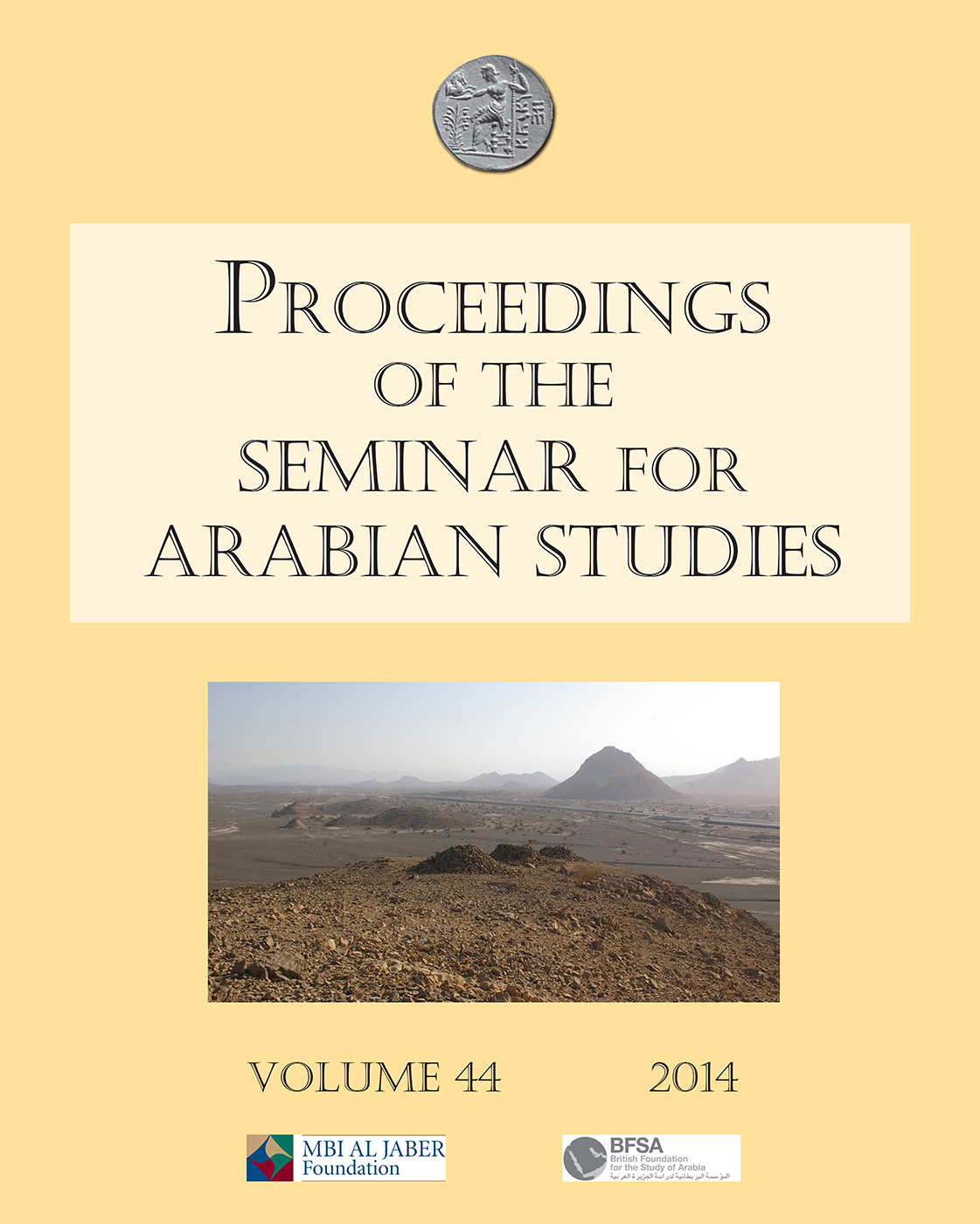Medieval ceramic production at Qalhāt, Oman, a multidisciplinary approach
Abstract
Qalhāt is one of the main archaeological sites of Oman, the large ruin-field of a key harbour city of the Middle Ages located on the coast of al-Sharqiya province near Ra's al-Hadd. It was founded around AD 1100 and was the twin capital city of Hormuz and a main commercial port of the Indian Ocean during the thirteenth to fifteenth centuries. It was sacked by the Portuguese in 1508 and eventually totally abandoned in the second half of the sixteenth century. During the first season of excavation at the site a ceramic factory was discovered and three kilns of the thirteenth and fourteenth centuries were excavated. They delivered large amounts of kiln material and wasters, and brought significant information about the techniques in use in the region at that time and the various types of ceramics produced in the workshop. The chrono-typological study in turn raised interesting questions about the full identification of the local Qalhāti productions vs. importations, of much importance to our understanding of the exchange networks of the harbour. A programme of chemical analyses, including Raman spectroscopy and X-ray fluorescence spectroscopy (XRF), was therefore carried out on this material in 2012-2013.
References
.
Published
How to Cite
Issue
Section
License
Archaeopress Publishing, Oxford, UK


